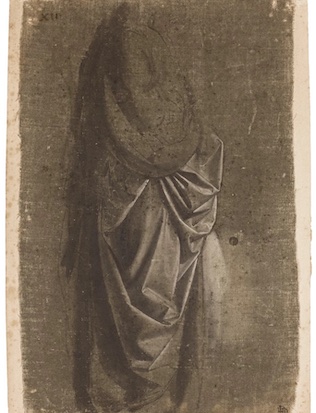Has there ever been a more theatrical artist than Rembrandt? Even when he paints himself, he paints a man playing a part, trying on an identity to see if it fits. With each new role tried out in the mirror - a biblical king or the blind poet Homer or, closer to home, a well-known Dutch painter with palette in hand - he seems less certain of who he himself actually is. Taken together, Rembrandt's self-portraits are a visual embodiment of Montaigne's remarks on the fluid nature of consciousness: “There is no constant existence … every human nature is always in the middle between born and dying, revealing nothing of itself but an obscure appearance and shadow … and if perhaps you try to fix your thought to catch its essence, it would be like going to grasp water.”
Nearly all of Rembrandt's known self-portraits are now in public collections, so it is an event when one comes up for sale. Self-portrait of the artist, half-length, wearing a ruff and a black hat is a striking and relatively recent rediscovery. Painted in 1632, during the artist's time at the court of the Dutch Stadholder in The Hague, it is a freshly painted and intimate self-image in which, as so often in Rembrandt's work, role-playing and reality are subtly at odds. On this occasion we see him dressed up in the sober finery of the Dutch regent class. Perhaps he did so in order to advertise his propriety and solidity to the regents themselves (they were, after all, his prime prospective clients). Or perhaps he was trying to impress his sweetheart and future wife, Saskia, in which case the picture may have been done as a keepsake for her: a hand-painted Valentine on a panel of best Baltic...


